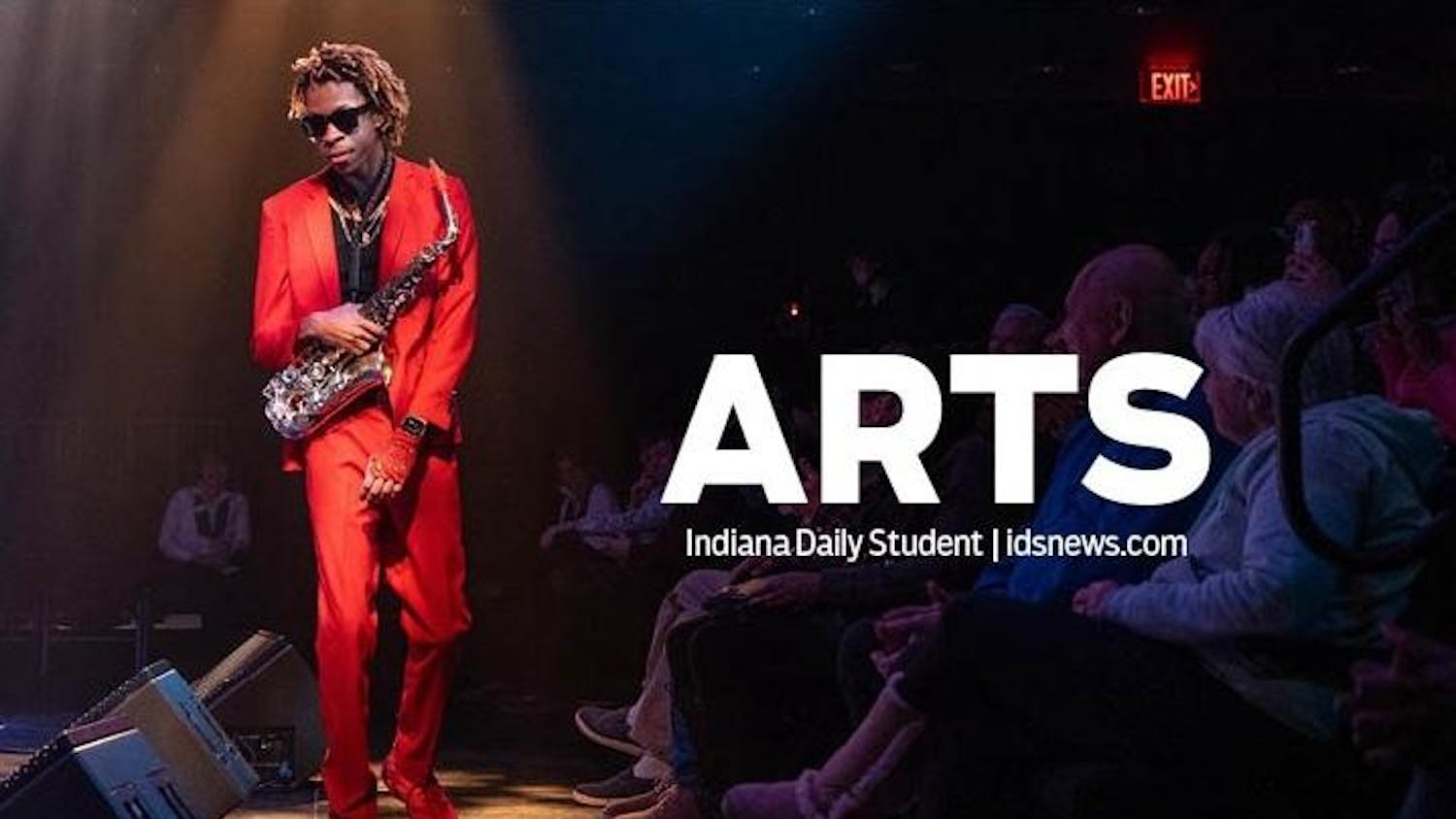Top Secret! The CIA once gave a Cuban operative poison to put in Fidel Castro’s daily chocolate milk shake. \nWell, it’s not so secret anymore – ever since the government’s recent release of 500,000 pages of formerly classified documents. \nMichael Hoerger, an artist who specializes in screen printing, was reading the documents as part of his graduate studies at the University of Connecticut, and began to notice a theme of food throughout the documents. \n“Edible Secrets: A food tour of classified 20th century U.S. history,” a multimedia exhibit featuring declassified U.S. government documents centering on the theme of food, will open at 7 p.m. Saturday at Sweet Hickory Music and Art, 317 E. Third St. \n“I was faced with this gargantuan amount of documents, and the ubiquity of food revealed itself to be equal with the ubiquity of government secrets,” Hoerger said. \nThe exhibit features hand-screen-printed reproductions of formerly top-secret U.S. documents as well as audio, video and historical artifacts pertinent to the chosen secrets. \nThe exhibit is like any other museum exhibit, though Hoerger said it tends to have a humorous element to it. \nHe said reading the declassified documents felt similarly voyeuristic to watching reality TV or even reading the government’s diary. \n“There’s something we enjoy about seeing things which no one was supposed to see,” Hoerger said. \nAlthough the exhibit has a humorous light to it, Hoerger said it often is quite serious, considering the importance of the social narratives and the truths the government kept from the populace. \nThe exhibit will feature some of the declassified documents arranged next to news reports from the time of the events to show attendees the difference between what the world was told and what really happened. \n“For some people, it will be surprising, and for some, it will confirm what they thought all along,” he said. \nHoerger said that, after he noticed the food trend and started actively searching for examples, he was confused by the types of food he was finding in the documents. \n“All the food items except for one, lettuce, are kind of junk food-y,” he said. “I started wondering, ‘Why am I finding all these not natural items?’ and I think it kind of reflects the change in diets in the last century.” \nHoerger, who moved to Bloomington to play music with his friends and practice his art, said he hopes to emphasize the importance of “iconic 20th century narratives,” from Castro to the arrest of Black Panther leader Fred Allen Hampton, for allegedly stealing $50 worth of ice cream. \n“I’ve done some graduate studies, and after I started finding the food parts, I saw the narrative was really important,” he said. “I’ve been wanting to work in the public information realm, and I though this would be more interesting than an article in some educational journal.” \nHoerger said he studied photocopies of the declassified documents at the University of Connecticut library as well as from an Internet database. He said anyone could see the documents now that they are declassified, but there is a fee to view the database. \nThe exhibit ends Oct. 14. For more information, visit \nediblesecrets.com.
Declassified documents give way to ‘Edible Secrets’ art installation
Exhibit opens Saturday at Sweet Hickory
Get stories like this in your inbox
Subscribe





